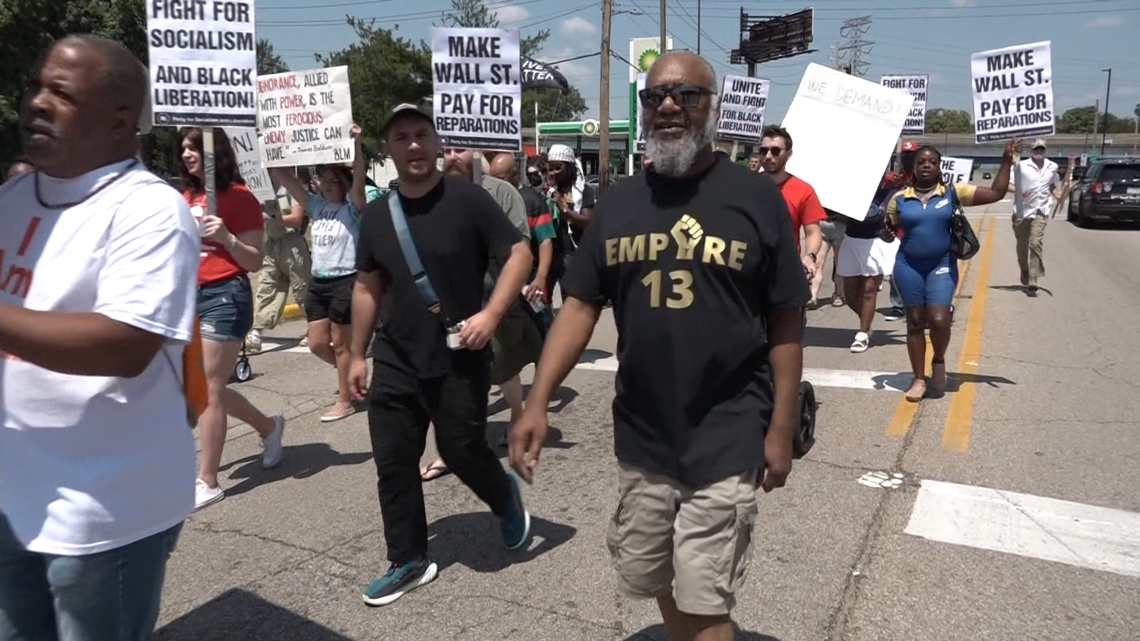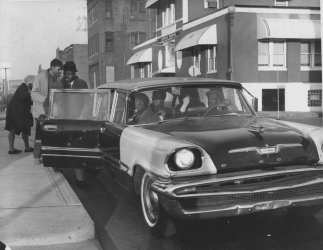horselightning
Diamond Member
- Jul 14, 2013
- 13,062
- 7,235
- 1,928

Groups march to remember 1917 East St. Louis riot, call for reparations
The city still has dilapidated areas from the mob that swept through more than a century ago, killing hundreds and causing economic damage.
from people who were not even born when it happened., reparations will never happen any were. more ungreatfull people starting something.

